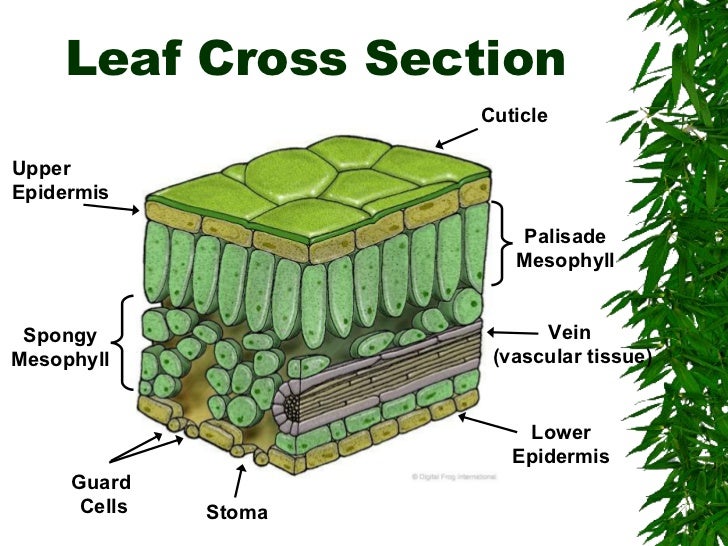Wow! It is already the end of the year and with that, the end of WAAS. That is only beginning to sink in. Summer is only 3 days away! However, my time at WAAS was great, largely because of the everyday excitement of science class. This year was probably the most eventful year yet. There is plenty to reflect on this year, the intriguing, exciting, and exotic.
Since the last blog entry, we have undergone some of the most advanced and interesting labs ever. Toward the end of the school year,we did some amazing dissections. We did a number of real dissections and some demo-dissections, which were just as cool. We worked our way up to dissecting a frog, with a starfish. The frog was really exciting, because its dissection is a staple to real biology. The organs inside looked very similar to ours. We could see the liver, heart, intestines, and spleen, among other things.
We also underwent some demonstrations of a kidney dissection and that of a cow eye, sheep brain, and an owl pellet.
 |
| A sheep's brain |
At the end of the year we also underwent an embryology experiment. We incubated and hatched chickens. Over about three weeks we say the development of the eggs. Over time, we were able to "candle" them to monitor their progress. This consists of shining a bright light into the egg. The area where light did not shine through helped us see the progress that was being made. While candling were saw that some of the eggs did not develop correctly. One of the eggs was never fertilized and the other two did not develop correctly. However, all of the remaining nine hatched. In class we were able to see one of them with our own eyes! They stayed with us for a few days until they returned to the farm where they will be raised.
My two favorite labs were the fetal pig and the frog lab. I liked the frog lab because it was the first "standard" biology dissection I have done. We were able to look at the organs of the frog and compare them to our diagrams one by one. This was really exciting. The pig lab was the best, however. This lab was the climax of our biology curriculum. We worked up to and prepared for the lab the entire time, and when we finally did the lab, it did not disappoint. This year I learned all about the building blocks of life, the classification of organisms, and how to conduct a dissection. At the beginning of biology, I was grossed out by dissections, but by the end, I was quite confident. I felt my biggest success this year was being able to overcome of the challenge of my disgust for preserved corpses, and finding the confidence for slicing them open. My biggest failure this year was probably a bad lab in the first part of the year, but I was able to recover with a series of good labs.
When I started the year, I had a negative opinion of biology. I thought that chemistry was the only topic worth studying. However, this year has proved me wrong. I really enjoyed the biology we did and I look forward to more in high school. Next year I am going to high school. I am looking forward to taking chemistry, my favorite subject. I want to improve the quality of my labs and do a good job on each one. I want to get an A one the course and use the knowledge I have learned here and apply it in my new school. My favorite memories from WAAS were playing the review games about in our chemistry course two years ago and the burning magnesium demonstration. I feel like in the years since then, I have learned many things. I have become more organized, more focused, and I have learned many scientific topics. Science truly was the most educational subject in my time at WAAS. For future students in Biology, I advise that they review their labs before turning them in and to try new stuff! Biology is fun if you try new things.
Thank you for reading my blog for two and a half years!
Goodbye!



















